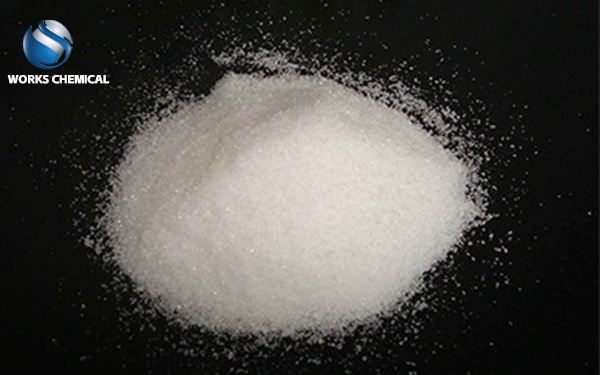
A deep dehydration system generally consists of 4 parts:
① Mixed adjustment system. The condensed sludge and dehydrated sludge are mixed, diluted and conditioned, and the moisture content of the sludge after conditioning is controlled at about 95%.
② Pharmaceutical system. The FeCl3 solution storage tank, hydrated lime storage tank and digestion tank are set up, and the chemical agent is added to the regulating tank through the dosing pump.
③ Chemical conditioning system. The diluted sludge was chemically conditioned by adding FeCl3 and lime milk to improve its dewatering performance.
④ diaphragm filter press system. The chemically conditioned sludge is deeply dehydrated through the secondary press (low pressure and high pressure) of the diaphragm filter press, so that the moisture content of the sludge is reduced to less than 60%.

The actual operation of sludge deep dewatering process shows that the dosage of chemical agents is high. Once the dosage of chemicals is reduced, it is easy to cause problems such as too high pressure in the sludge, limited sludge amount, and shapeless mud cake after filtration. This brings a series of problems: the sludge treatment agent cost is high, at least 350 yuan /tDS; In sludge conditioning process, a large amount of lime and FeCl3 were added, which caused serious corrosion and wear to facilities and equipment. All the added chemicals are transferred to deep dehydration, and the final sludge is greatly reduced in sludge reduction, occupying a lot of landfill space; Lime dust spilt from the job site where lime is added, which will do great harm to the occupational health of employees. The pH value of the sludge after conditioning is as high as 11~12, and a large amount of ammonia is discharged from the conditioning area and the filter press workshop, which seriously affects the environment and the safety of operators. The pH value of the sludge after conditioning reaches 12, which is harmful to the environment after landfill.
the design of new chemical solution for sludge deep dehydration in view of the shortcomings of the above sludge deep dehydration, it is necessary to seek alternative agents to greatly reduce the amount of iron salt and lime, increase sludge production, and better respond to the increase in sludge treatment capacity. Improve the efficiency of sludge reduction, reduce the volume of sludge cake produced by sludge dewatering, and reduce the disposal pressure; Reduce operating costs, improve operating environment to a certain extent, and avoid secondary pollution; Dehydrated sludge cake meets the disposal requirements (water content, transverse shear force), while taking into account the various possibilities of disposal.
For the specific process of deep dewatering of a sludge disposal, Works Chemical used sludge reducing agent and a small amount of dewatering enhancer to simulate the deep dewatering process of sludge in laboratory experiments, and achieved remarkable results:
(1) The dosage of the agent is only 3-4%, the cost of the agent is only 140 yuan /tDS, which only accounts for 40% of the cost of the original agent, and the sludge reducing agent can penetrate the sludge quickly, with fast response speed and simple operation. Convenient, the water content of the mud cake after press filtration is low, and the water content and shear strength meet the landfill standard.
(2) Using the test formula without lime, the pH of the sludge after conditioning is 8.0. Since the pH value is greatly reduced, it does not corrode the equipment, which is conducive to reducing the release of ammonia in the sludge, and there is no dust generated by lime dust, and the working environment is not harmful to the health of employees.